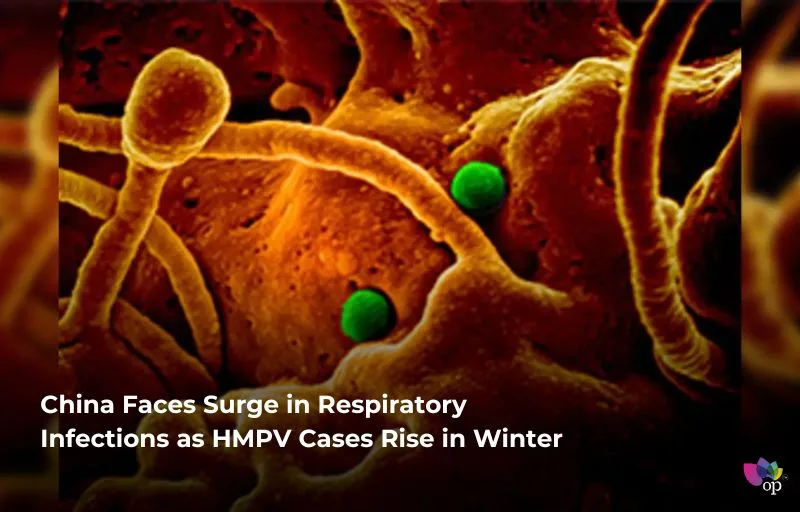According to the reports on Friday (3 January 2025), recent reports from China highlight an increase in respiratory infections, with hospitals overcrowded and health systems under strain. Viral videos circulating online have sparked concerns about a potential epidemic, attributed to Human Metapneumovirus (HMPV). However, neither Chinese authorities nor the World Health Organization (WHO) have declared a state of emergency, as experts link the surge to seasonal patterns typical of winter.
Human Metapneumovirus (HMPV), first discovered in 2001, belongs to the Pneumoviridae family, causing respiratory infections similar to the common cold or flu. Symptoms include cough, runny nose, fever, and in severe cases, wheezing or shortness of breath. It spreads through respiratory droplets, close contact, and touching contaminated surfaces. Vulnerable groups include young children, older adults, and individuals with weakened immune systems or chronic respiratory conditions.
Routine testing for HMPV is uncommon unless symptoms are severe or during an outbreak, with diagnostic tools like NAATs and immunofluorescence available for confirmation. Preventive measures include regular handwashing, avoiding face-touching, wearing masks in crowded spaces, and staying home when sick. Maintaining clean environments by disinfecting surfaces is also recommended to reduce transmission risks.
While there is no specific treatment or vaccine for HMPV, management focuses on symptom relief through hydration, rest, and over-the-counter medications. Severe cases may require hospitalization. Experts emphasize that the virus is not a new threat and seasonal increases in infections are expected, especially post-pandemic. By staying informed and adopting preventive habits, the public can minimize the risk of severe illness.
References


 العربية
العربية 简体中文
简体中文 Français
Français Deutsch
Deutsch עִבְרִית
עִבְרִית हिन्दी
हिन्दी Italiano
Italiano 日本語
日本語 Русский
Русский Español
Español

Right now it looks like WordPress is the preferred blogging platform out there right now. (from what I’ve read) Is that what you’re using on your blog?